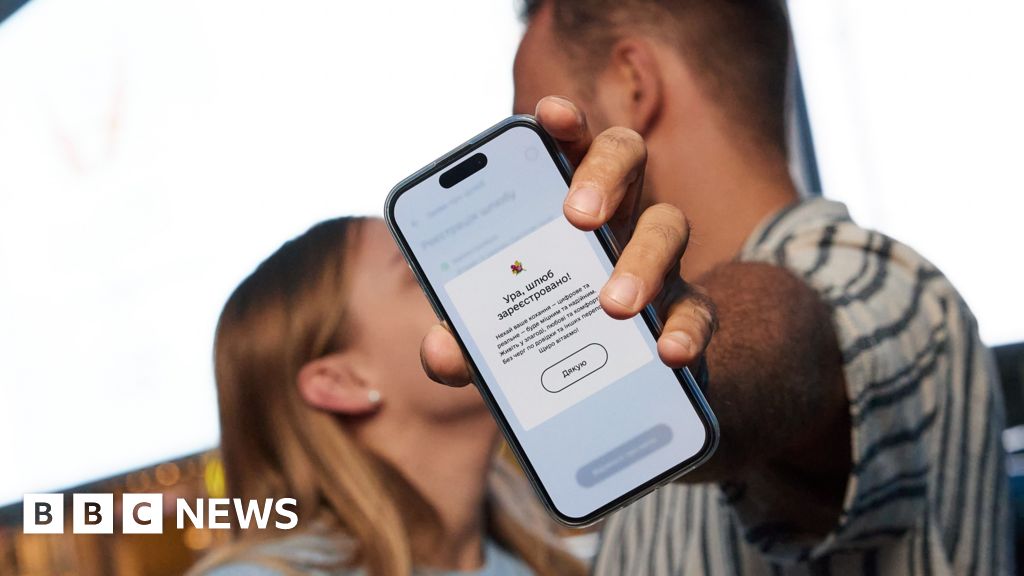Key Takeaways
- Crypto refunds are challenging because blockchain transactions are irreversible.
- Circle’s crypto refund protocol addresses refund and chargeback issues.
- The USDC refund system provides a safer transaction model for merchants and users.
- Stablecoin refunds may involve risks, such as fraud attempts and technical errors.
One of the biggest challenges in crypto is the lack of refunds. Stablecoins are not the exception.
The blockchain records every movement, but the transaction is final once funds move from one wallet to another. There’s no undo button.
However, Circle, the fintech company behind USDC, a leading stablecoin used for digital payments, has introduced a smart contract solution that changes this.
This article explains how Circle’s Refund Protocol works, why stablecoin refunds matter, how the system protects both sides of a transaction, and what risks and limitations it carries.
What Is Circle’s Crypto Refund Protocol?
Circle’s Crypto Refund Protocol, officially known as the “Refund Protocol,” is a smart contract system aiming to address the current challenges of crypto refunds for ERC-20 token payments, particularly USDC.
Circle Research team memebers, including Alex Kroeger and Kaili Wang developed this protocol. The code is available on GitHub for review and integration.
You’ll Want To See This
The irreversible nature of blockchain transactions has made this difficult and raised the need to introduce a mechanism for refunds and mediation without relying on a centralized third party to hold the funds.
Circle developed this protocol as a solution, enabling the reversal of transactions under specific conditions. One of the objectives is to motivate merchants to accept stablecoins while ensuring security.
Why Refunds Are Difficult in Crypto Transactions
As explained in the previous section, one of the main strengths of blockchain lies in its immutability. It cannot be reversed to a previous state; it stays as it is and can only grow or evolve based on what already exists. Therefore, once a transaction is confirmed on the blockchain, it must remain as is. This makes refunds a challenging issue.
Some of the challenges of crypto transactions in commerce related to refunds are:
- No intermediaries: Cryptocurrency transactions occur directly on the blockchain, without third-party involvement.
- Irreversible transactions: Once confirmed, a transaction cannot be reversed, unlike credit card chargebacks facilitated by centralized entities.
- Lack of refund options: Mistakes, fraud, or disputes often leave users without a way to reclaim their funds.
- Cautious adoption: These challenges make users and merchants hesitant to embrace crypto for commerce.
How Circle Enables Refunds for USDC Payments
Circle’s Crypto Refund Protocol allows refunds to be issued without relying on a centralized third party. It uses smart contracts to handle disputes and transactions securely.
- Smart contract escrow: When a user pays with USDC, the payment goes through a smart contract that temporarily holds the funds. The contract records the recipient’s and payer’s addresses and other transaction details.
- Non-custodial arbitration: If a dispute arises, such as goods not being delivered, the payer can request a refund. A neutral arbiter mediates the dispute without taking control of the funds. The arbiter either approves the release of funds to the recipient or authorizes the refund to the payer’s predefined address.
Arbiter Powers
- Set a lockup period: The arbiter establishes a timeframe during which the funds remain in escrow.
- Approve refunds: The arbiter approves refunds to the payer’s address.
- Allow early withdrawals (with fees): The arbiter allows the recipient to access funds early, with a negotiated fee, confirmed through a digital signature.
- Execute refunds: If the arbiter approves a refund, the smart contract automatically returns the funds to the payer’s address without the arbiter directly handling them.
Benefits of the Crypto Refund Protocol for Merchants
The main benefits that the new protocol offers are:
- Transparent escrow: The smart contract temporarily holds funds, ensuring transparency and traceability of all transactions.
- Pre-defined refund address: Refunds go directly to the correct address, minimizing errors.
- Neutral mediation: The arbiter approves or denies the release of funds, ensuring fairness without controlling the funds.
- Limited arbiter control: The arbiter can only confirm transactions, preventing misuse or unauthorized access to funds.
- On-chain transparency: Every step is recorded on the blockchain, providing full visibility and accountability.
- Increased customer trust: Merchants build trust by offering refunds, making customers more comfortable using USDC, which may lead to more sales.
- Reduced chargeback fraud: The Refund Protocol reduces fraudulent claims with its neutral mediation and transparent process.
- Attracting crypto-savvy customers: Merchants who use the Refund Protocol appeal to customers who value security, providing a competitive edge.
- Lower transaction fees: Over time, the Refund Protocol could reduce overall costs compared to traditional credit card processing fees.
- Enhanced reputation: Adopting this protocol boosts a merchant’s image as forward-thinking and trustworthy in the crypto space.
- Flexibility in dispute resolution: Merchants can influence refund conditions, ensuring fair resolution while staying within the protocol’s guidelines.
- Mitigating irreversible payment risks: The protocol reduces risks with irreversible crypto payments, offering merchants a more secure way to manage disputes.
Limitations and Risks of Stablecoin Refunds
However, Circle’s refund protocol does not come without limitations, among which are:
- Integration complexity: Implementing the Refund Protocol or similar systems into existing merchant platforms and user wallets can be complex. This requires technical expertise, creating a barrier to widespread adoption.
- Reliance on blockchain infrastructure: USDC refunds’ functionality depends on the stability of the underlying blockchain network. Network outages or congestion can disrupt the refund process and cause delays.
- Wallet compatibility: Merchants and users must use wallets with the refund protocol. Not all wallets support these features, which may create friction. If the refund address is missing at the time of payment, the arbiter may step in to assign it—but this breaks the non-custodial model by giving the arbiter too much control.
- Time delays: Even with an efficient arbiter, the dispute resolution process can take time. Consumers accustomed to instant refunds through traditional methods may find this delay frustrating.
- Possible inefficiencies: Withdrawals scale linearly in cost with the number of payments, which may create inefficiencies in high-volume merchant setups.
- Fraudulent refund requests: Malicious actors may attempt fraudulent refund requests despite the arbitration process. Robust verification and clear dispute resolution guidelines are needed to minimize this risk.
- Phishing and social engineering: Malicious actors may exploit the refund process through phishing or social engineering tactics. They could trick users into initiating unauthorized refunds or revealing sensitive information.
- Regulatory and legal uncertainties: USDC refunds are subject to evolving regulatory requirements, such as consumer protection, anti-money laundering (AML), and know-your-customer (KYC) regulations. Ensuring compliance can be complex and time-consuming.
Future of Refunds in Crypto Commerce
The future of refunds in crypto commerce will likely see the widespread adoption of cryptocurrencies, specifically stablecoins like USDC.
The demand for secure and efficient refund mechanisms will become necessary as this happens. As more businesses adopt blockchain-based payment systems, solutions like the Refund Protocol will play an increasingly important role in managing the risks of irreversible crypto transactions.
As technology evolves, this shift will likely lead to better integration with traditional payment systems, streamlining the refund process, and giving users more flexibility in resolving disputes.
Additionally, the regulatory landscape will continue evolving as crypto adoption spreads. New tools and ideas enabled by blockchain technology and artificial intelligence (AI) will emerge, offering fresh opportunities for innovation. However, the power and limitations of these systems will remain tied to specific jurisdictions, and ethical concerns will continue to be a challenge that needs careful consideration.
Conclusion
Circle’s Refund Protocol shows how smart contracts can solve real problems in crypto payments, bridging decentralized finance and practical consumer protection.
It brings refunds, fairness, and safety to USDC transactions without needing full trust in a third party. This approach helps merchants and users handle disputes while keeping control of their funds.
As stablecoin adoption grows, tools like this will shape the future of blockchain in everyday commerce.
FAQs
What happens if the recipient has no balance to refund?
If the recipient has no funds left, the arbiter can refund the user from their own balance. The contract then records the refund as a debt owed by the recipient.
Can funds in escrow earn yield?
Not yet. However, the protocol could connect to platforms like Aave to earn interest. That yield could go to recipients or help arbiters cover future disputes.
Does the protocol work with contract wallets?
It works with standard wallets. To support contract wallets, the system would need to use EIP-1271 signatures.
Was this Article helpful?

















